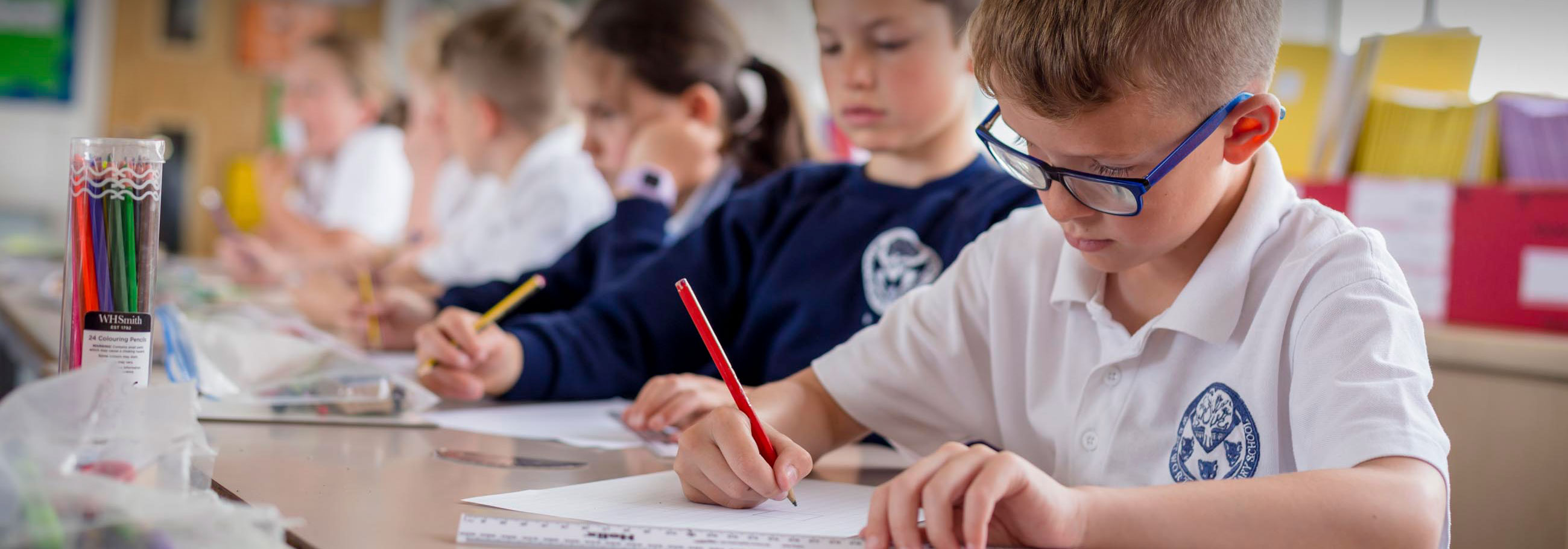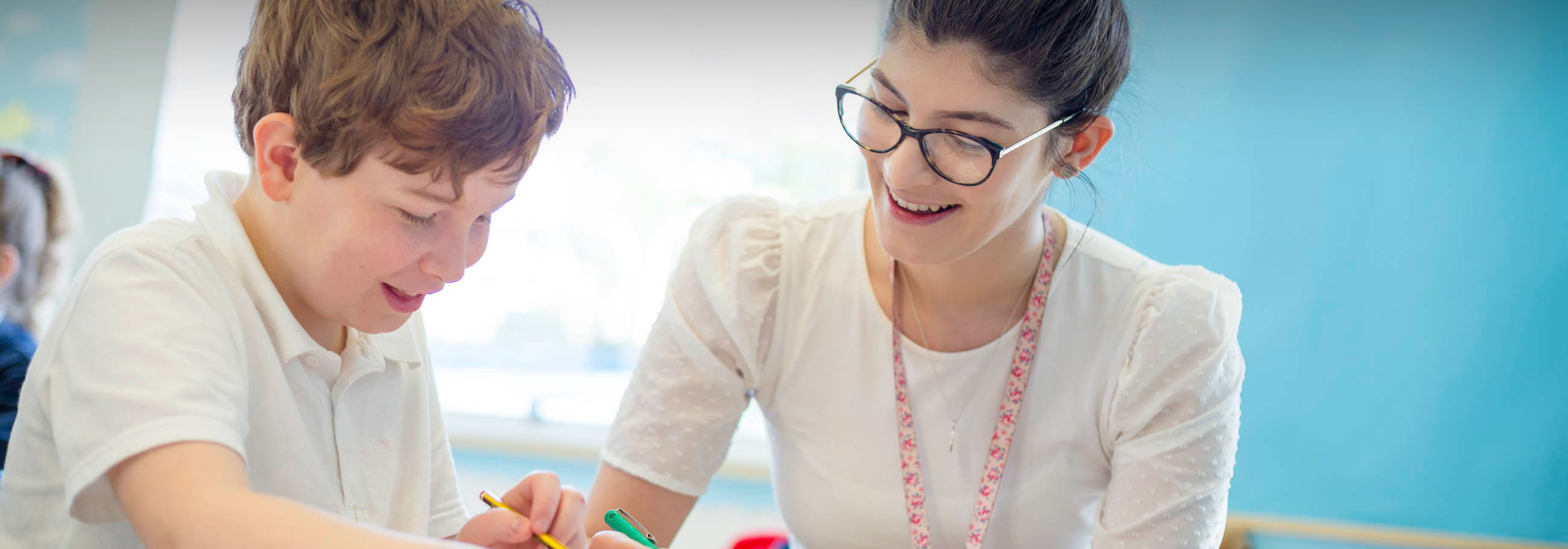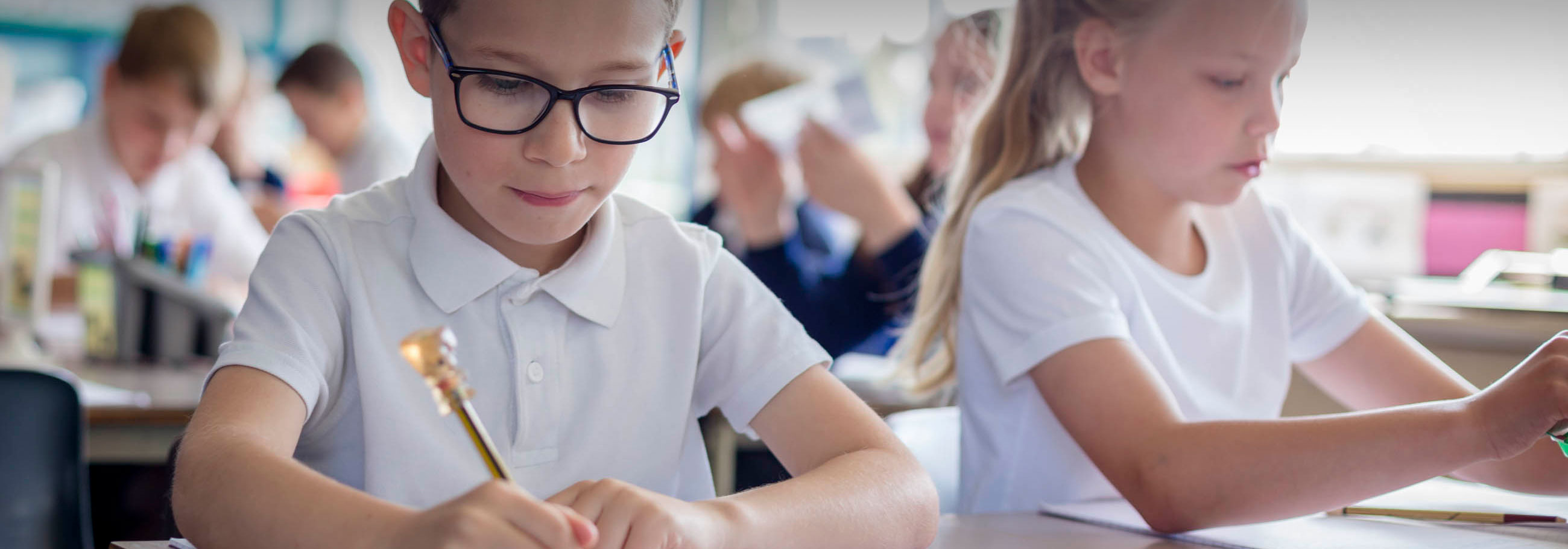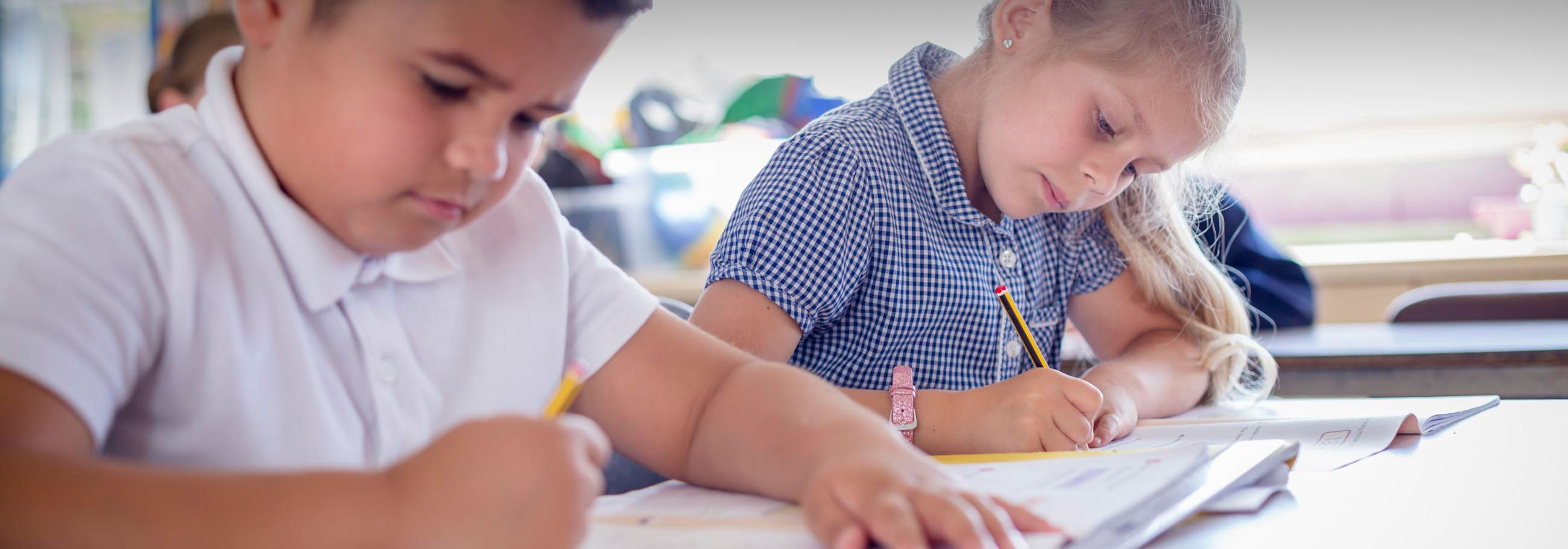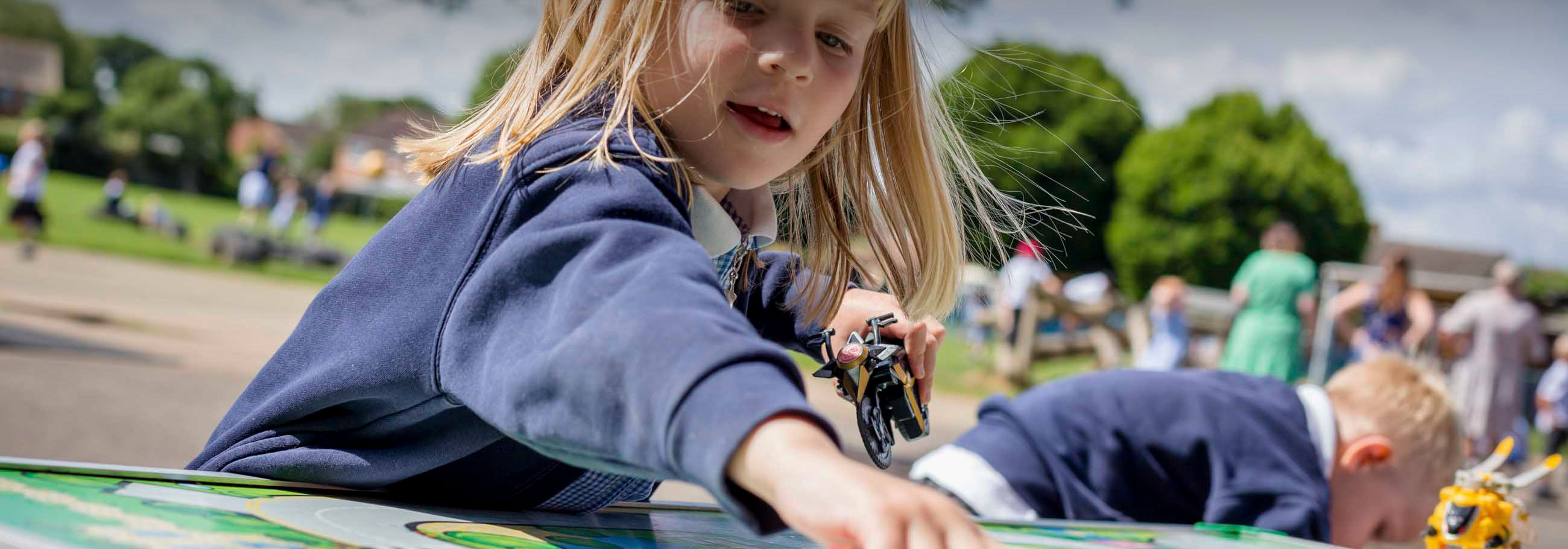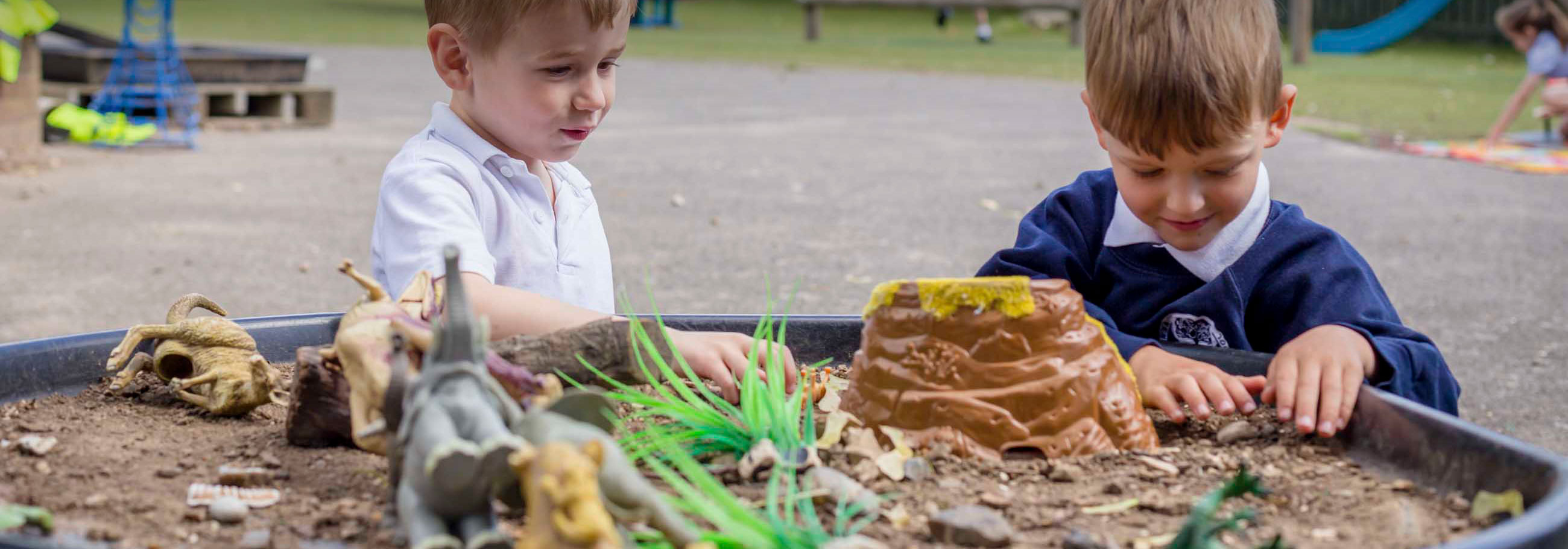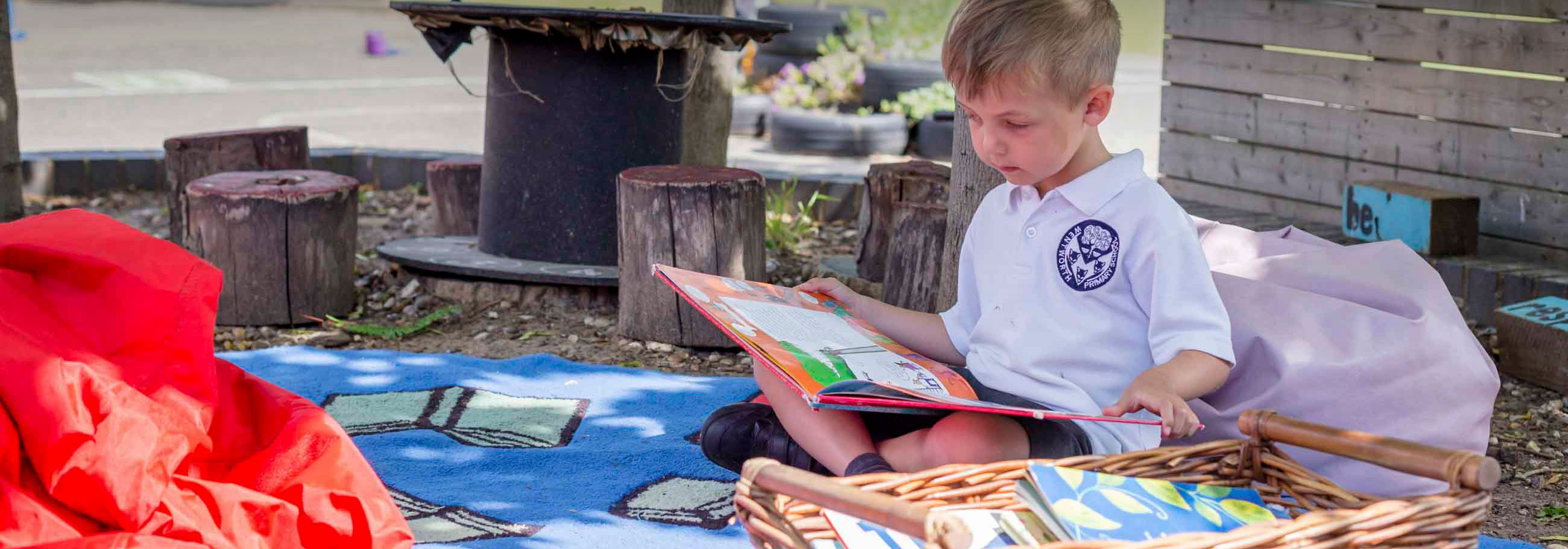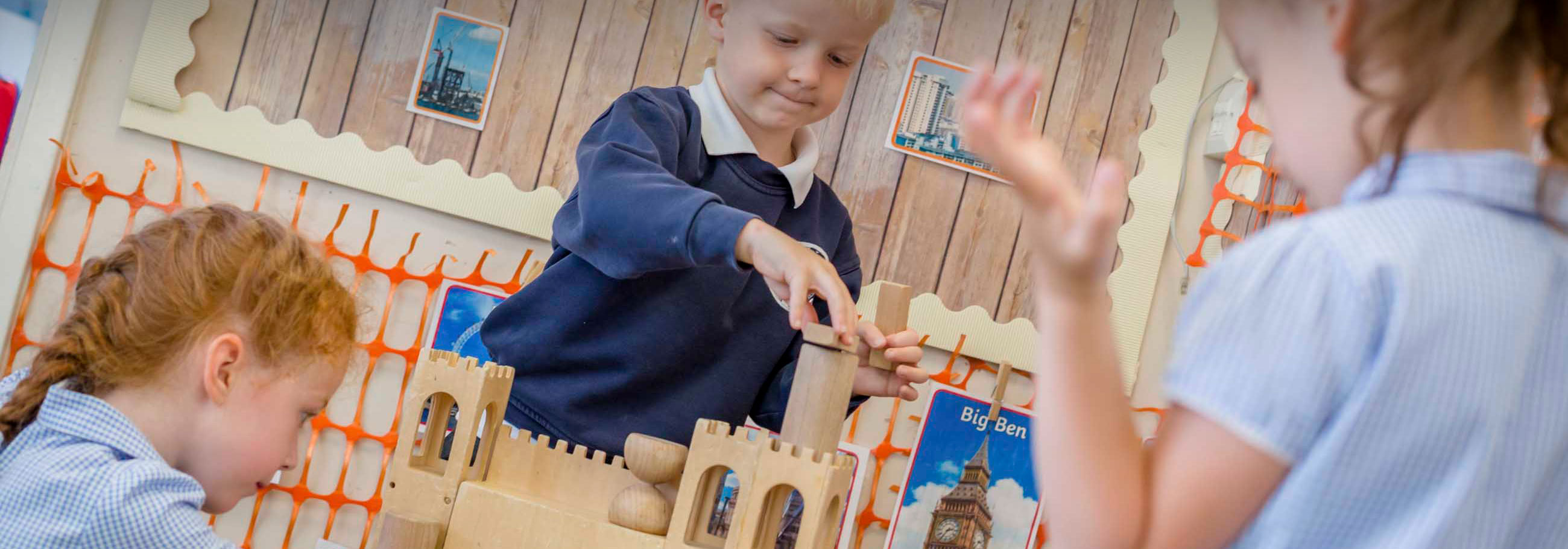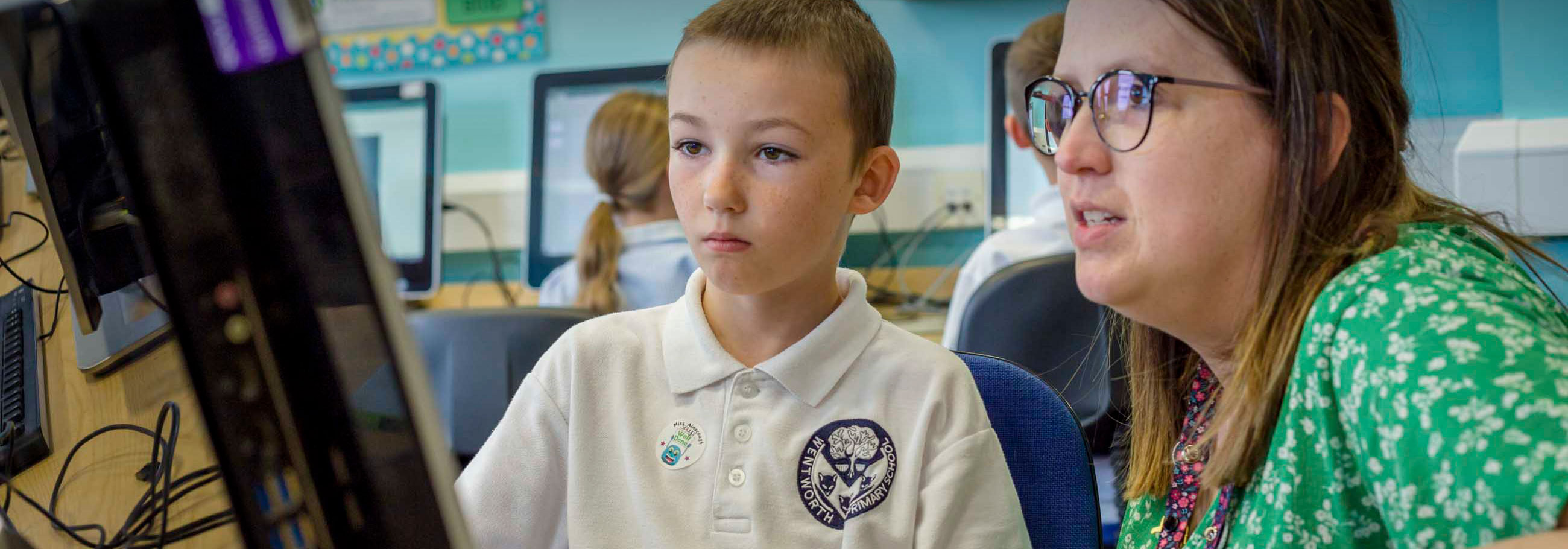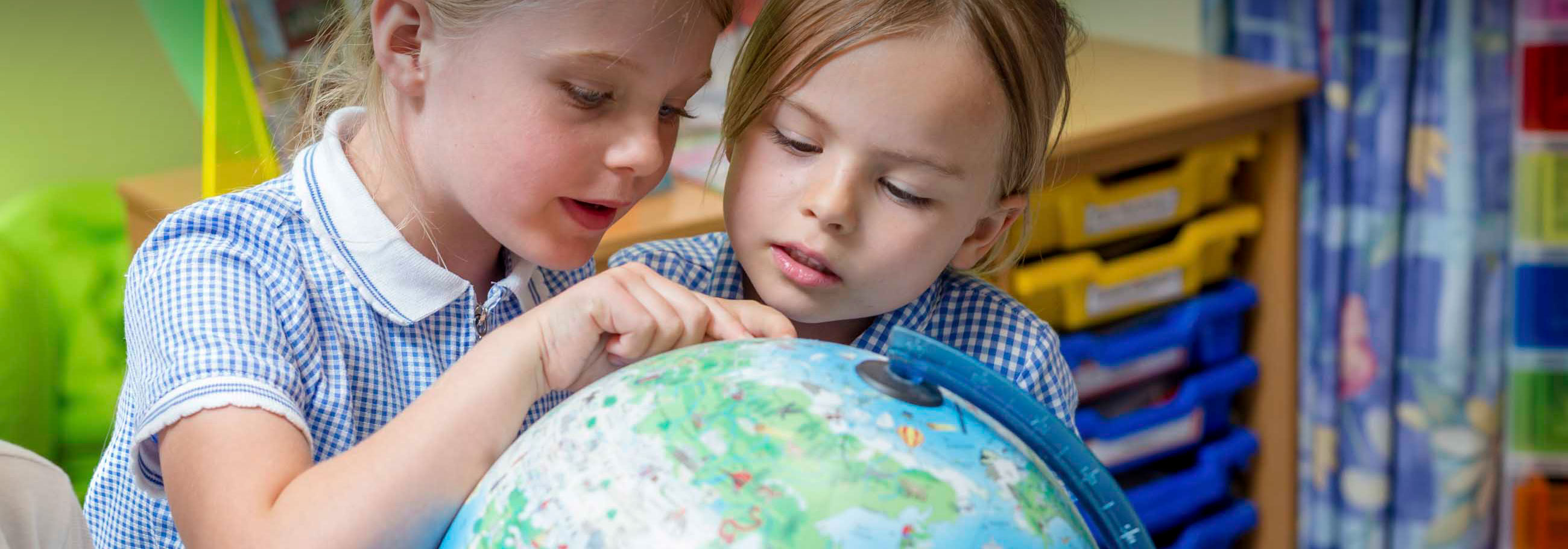Art
Intent
Learning within art, craft and design stimulates creativity and imagination. It provides visual, tactile and sensory experiences and a special way of understanding and responding to the world. A high-quality art and design education at Wentworth will inspire, engage and challenge children - enabling pupils to communicate what they see, feel and think through the use of colour, texture, form and pattern. Children will become involved in shaping their environment through art and design activities, involving different creative techniques. They will explore ideas and meaning through the work of artists and designers. Additionally, as they learn about the history, roles and functions of art, they can explore the impact that it has on contemporary life and that of different times and cultures.
Across the age range children will:
- Produce creative work, exploring their ideas and recording their experiences.
- Become proficient in drawing, painting, sculpture and other art, craft and design techniques.
- Evaluate and analyse creative works using the language of art, craft and design.
- Know about great artists, craft makers and designers, and understand the historical and cultural development of their art forms.
Implementation
At Wentworth Primary School, we will achieve this by:
- Teaching art regularly. The children will cover an art topic at least once every other term and will also have additional opportunities to engage with art and design activities throughout the school year.
- Linking art as closely as possible to the topic for the term, to ensure relevance and context.
- Teaching a predominantly skills-based curriculum, which covers drawing, painting, sculpture, textiles and printing. Full details of our art curriculum can be found in our Long Term Plan.
- Re-teaching skills throughout the children’s time in school. Skills are revisited and honed in a spiral curriculum, which progresses in terms of depth and challenge, to build on the children’s previous learning.
- Ensuring that each child develops their skills and techniques in a way appropriate to them, through clear differentiation and support, active and purposeful experiences, and using a variety of art materials and teaching strategies.
- Fostering an enjoyment and appreciation of the visual arts and a knowledge of artists, craftspeople and designers.
- Introducing children to artists and art movements directly linked to the skills or topics they are covering.
- Utilising a sketchbook approach, so that children feel safe to experiment and take risks, without the fear of doing something “wrong”. Openly promoting art and design as a possible further study or career choice.
- Encouraging each child to evaluate their art and design work and that of others, both with peers and adults.
- Celebrating effort, progress and achievement in art through displays, exhibitions and enrichment activities, such as trips out and competitions.
Impact
- All pupils
All pupils have equal opportunity to access new skills and demonstrate their growing knowledge and confidence so that they can enjoy the subject and make good progress.
The majority of pupils will achieve age related expectations in Art and maybe able to demonstrate using these tools or skills in other areas of the curriculum and opportunities out of school.
- DP
As designers, pupils will develop problem solving skills and attributes, eg. resilience, they can use beyond school and into adulthood.
- SEND
These pupils are given scaffolded support so that they can access the Art curriculum and gain a sense of achievement by completing the Art process of design, make and evaluate. Some pupils with SEND are able to excel in this subject.


